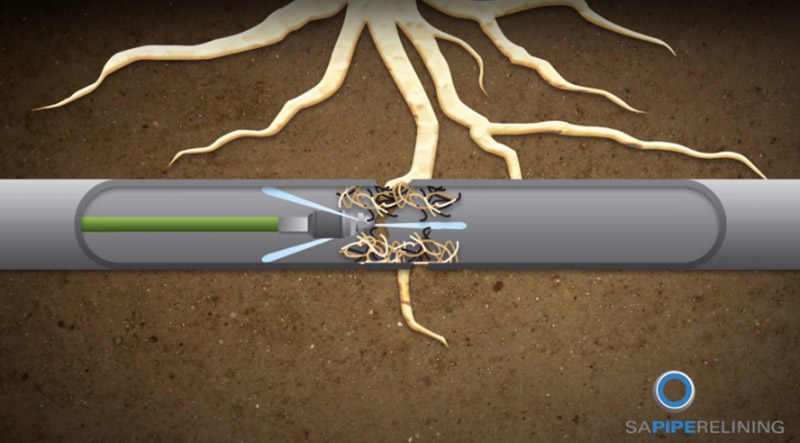Boracay, known for its stunning beaches and vibrant tourism, has embarked on a transformative journey to enhance its infrastructure and environmental sustainability. As part of this effort, the island is rebuilding its drainage system, adopting the latest and most advanced technology available. In this article, we will explore the significance of Boracay’s drainage system renovation, the innovative technology behind it, and the positive impact it promises for the island’s ecosystem and the tourism industry.

1. Addressing Environmental Concerns
Boracay’s rapid growth in tourism over the years has raised concerns about its environmental sustainability, particularly regarding water quality and drainage management. The island’s original drainage system struggled to handle increased runoff during heavy rainfall, leading to flooding and potential contamination of the pristine waters. The renovation project aims to address these environmental concerns and ensure a healthier ecosystem.
2. The Role of Cutting-Edge Technology
The heart of Boracay’s drainage system rebuild lies in the integration of cutting-edge technology. Engineers and experts have employed state-of-the-art solutions, such as smart sensors, real-time monitoring, and advanced data analytics, to design an efficient and resilient drainage network. These technologies enable predictive modeling, precise water flow management, and timely response to potential drainage issues.
3. Smart Sensors and Real-Time Monitoring
Smart sensors have been strategically placed across Boracay’s drainage infrastructure to monitor water levels, flow rates, and weather conditions. This data is continuously transmitted to a central control center, allowing authorities to have real-time insights into the drainage system’s performance. The real-time monitoring helps identify potential blockages or abnormalities, enabling prompt interventions to prevent flooding and mitigate environmental impacts.
4. Predictive Analytics and Decision-Making
With the aid of advanced data analytics, Boracay’s revamped drainage system can now harness historical data to predict potential drainage challenges during extreme weather events. The predictive capabilities enable authorities to make informed decisions in terms of disaster preparedness and resource allocation. This data-driven approach fosters more efficient drainage management and enhances the island’s resilience against environmental risks.
5. Environmental Benefits and Sustainable Tourism
The successful rebuilding of Boracay’s drainage system with the newest technology brings a host of environmental benefits. Effective water management reduces the risk of flooding, protects local ecosystems, and improves water quality. A healthier environment positively impacts the tourism industry, ensuring that visitors can continue to enjoy the island’s natural beauty for generations to come.
6. Setting a Benchmark for Other Destinations
Boracay’s commitment to rebuilding its drainage system with the latest technology sets a benchmark for other tourist destinations facing similar environmental challenges. The island’s innovative approach showcases how technological advancements can be harnessed to balance tourism development with sustainability and environmental conservation.
Conclusion
Boracay’s investment in rebuilding its drainage system with cutting-edge technology exemplifies the island’s dedication to environmental sustainability and responsible tourism. By adopting smart sensors, real-time monitoring, and predictive analytics, Boracay has created an efficient and resilient drainage infrastructure that safeguards its delicate ecosystem while providing a positive experience for visitors. This forward-thinking approach sets a precedent for other tourist destinations to embrace innovative solutions in preserving their natural beauty and ensuring a sustainable future for tourism.